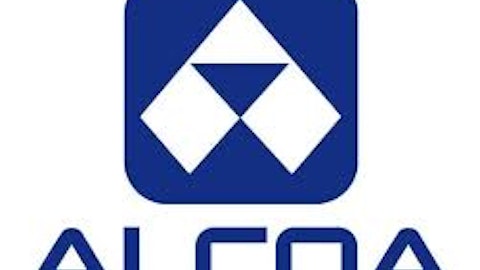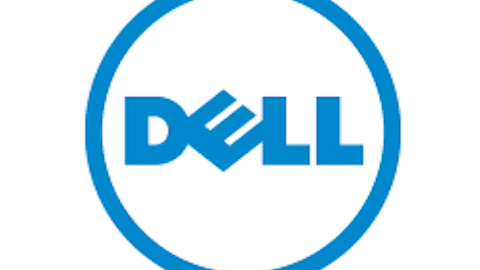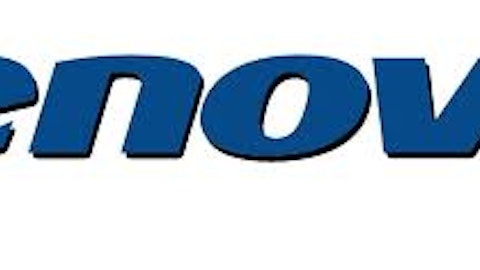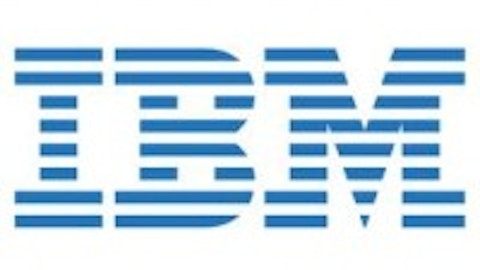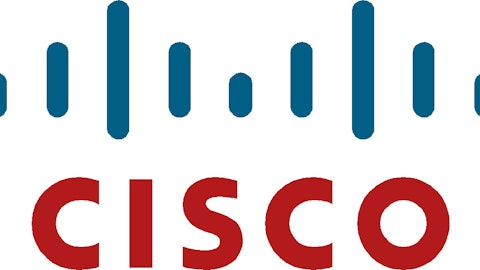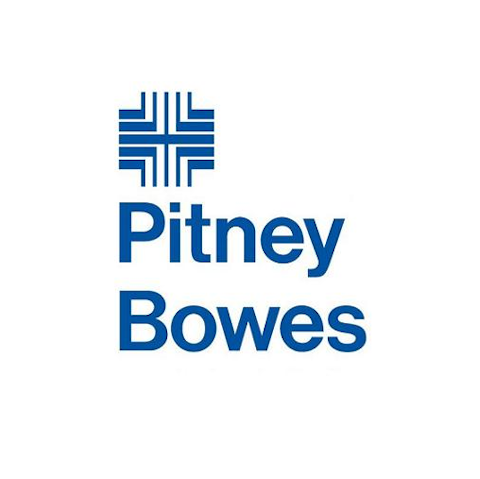
Two Famous Examples Of Industries That Changed
Years ago, touting Xerox Corporation (NYSE:XRX) made a lot of sense. To “Xerox” something became synonymous with making a copy, and according to Peter Lynch’s discussion of the situation, this was seen as a good thing. Xerox theoretically should have been a great investment, as everyone would buy a Xerox copier. The problem was, the industry changed, competition moved in, and today the world is moving toward more digital files instead of paper trails.
In yet another story, the PC industry for years was dominated by Hewlett-Packard Company (NYSE:HPQ). The company made desktops, laptops, servers, printers, and everything else you could think of. However, in similar manner, the industry changed, competition increased, and Hewlett-Packard today is a shell of what it once was. Unfortunately for Pitney Bowes investors, I’m afraid we are seeing a third example emerge of a company being left behind.
There Is A Trend Here And It’s Not Good
I’m sure that current investors are thinking the same thing that I did when I first researched Pitney Bowes. This company’s yield is so high that even if they just do okay, I could really clean up. In February 2012, Pitney Bowes had a yield of over 8%, and analysts were calling for 6.7% growth in earnings over the next few years. I saw a company that was free cash flow positive, expected to grow, and their payout ratio was just 36%. This is not a company to bet against.
By late August 2012, the story began to change. On the one hand, the company was now projecting $750 million to $800 million in free cash flow for the year. However, analysts lowered their EPS growth estimates from 6.7% to 4%.
Pitney Bowes just reported earnings about two weeks ago, and while free cash flow did come in within the range the company gave, a few other things have started to fall apart. First, overall EBIT was down 9% both in the SMB Solutions division and Enterprise Business Solutions division. Second, the company’s net margin has now dropped significantly from last year. For 2011, Pitney Bowes net margin was 12.05%, for most of 2012 this margin dropped to around 9%, and in the current quarter it fell again to 8.57%.
2 Big Problems
The two biggest problems facing Pitney Bowes are their projections of free cash flow in 2013, and the change in what analysts expect in earnings growth. Pitney Bowes is projecting free cash flow for 2013 of between $600 million and $700 million. At best, this represents an almost 9% drop from last year, and at worst it could be a 21.98% drop. This significant decline will push the payout ratio to between 48% and 56%. If the company is off in its projections, this ratio could go even higher.

